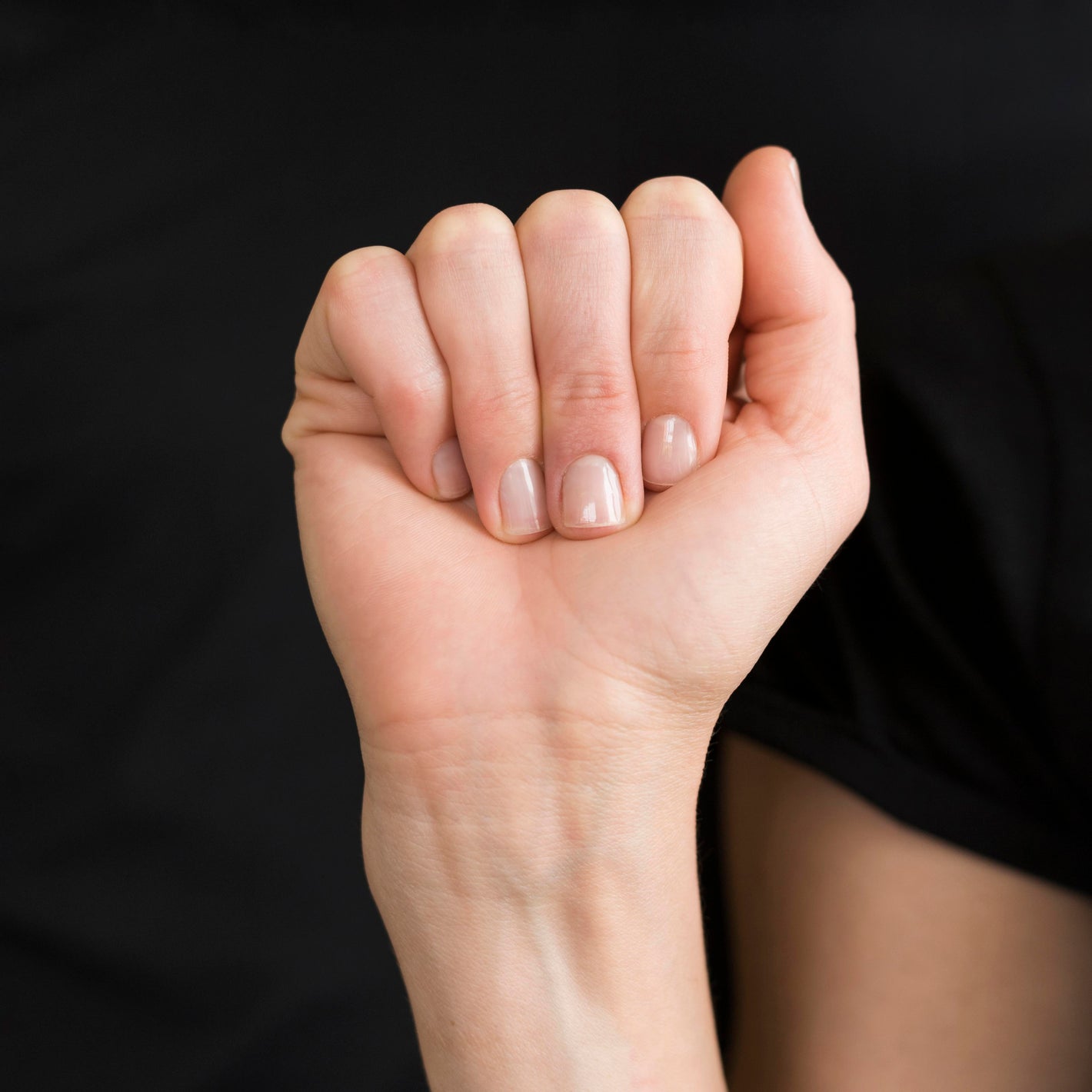Best Way to Treat an Ingrown Fingernail


Though less common than ingrown toenails, ingrown fingernails are incredibly painful and occasionally cause severe infections if not treated properly. The condition develops when the edge of the nail grows into the surrounding skin, causing discomfort, swelling, and redness. Home remedies, such as soaking and manipulation, are effective. It is best to consult a doctor for medical treatment if they do not work.

This article explores the best ways to treat an ingrown fingernail, e.g., home remedies, medical treatments, and preventive approaches. Continue reading for more details.
Several factors contribute to the development of ingrown fingernails. These include;
Ingrown fingernails are highly painful, and infections develop in untreated cases. The local infections cause more severe signs. Common symptoms of an ingrown fingernail are:

For mild cases of ingrown fingernails, many home treatments effectively alleviate pain and promote proper nail growth. The home remedies to try are;
Soaking the affected fingernails in warm & soapy water for 15-20 minutes at least twice daily helps relieve discomfort and reduce swelling. A better option is to soak three to four times daily for at least 15-20 minutes. Adding Epsom salt, sea salt and baking soda to the soak further reduces inflammation.
Careful trimming of the nail straight across helps prevent further ingrowth. Avoid cutting the nails and refrain from rounding the corners, which exacerbates the problem. Soften the nails by soaking them in warm water before cutting, and use the right clippers and scissors for the job.
After soaking it in warm water, lift the ingrown edge of the nail and place a small piece of dental floss or cotton underneath it. This procedure helps guide the nail to grow above the skin's edge. Replace the floss or cotton regularly after each soak to ensure proper hygiene.
Applying an over-the-counter antibiotic ointment helps prevent local infection and hasten wound healing. After applying the ointment, use a bandage to cover the nail to ensure proper cleanliness.
Medical intervention is necessary when home remedies have failed or are insufficient or when the ingrown nail has become infected. The medical treatments for ingrown fingernails are;
In recurrent and severe cases, total nail removal is recommended. It involves removing the entire nail to allow a new and properly grown-up nail to form. However, it is a last-resort option due to the associated discomfort and more healing time. Sometimes, corticosteroid injections are administered to lower the inflammation.
The doctor performs this minor surgical procedure to remove a part of the ingrown nail. The procedure is performed under local anesthesia, removing and trimming the offending nail edge.
Doctors prescribe oral antibiotics to treat local skin infections. Completing the entire antibiotic course is necessary to prevent the disease from returning. Medicated ointments and creams containing antifungals and antiseptics are also applied.
It is a permanent option and involves removing and destroying the part of the nail matrix to prevent its regrowth. It is often combined with partial nail removal for better effects.
It is used to remove part of the nail matrix. It is less invasive and requires less recovery time than traditional methods.

Prevention of ingrown fingernails is way easier than treatment. Here are some effective preventive measures:
While many cases of ingrown fingernails are easily manageable at home, some critical situations need professional medical attention. The sensitive conditions that require medical attention are;
Yes, most ingrown nails heal on their own. To hasten recovery, soak the finger in warm water for 10-20 minutes at least twice daily and apply antibiotic ointment. Please keep it clean and dry.
The doctors carefully place dental floss, splint, or cotton under slightly ingrown nails. This separates the nail from the underskin and allows it to grow above the skin's edge within 2-12 weeks.
An ingrown nail is incredibly annoying and painful. It can be removed at home if it causes swelling and severe pain. Still, it is advised to avoid pulling it, as it sometimes causes infection and pain, and consult the healthcare provider in case of swelling and infections.
Chemical matrixectomy is the procedure used to cure the ingrown nail permanently. In this process, the entire toenail or the portion of the ingrown toenail is removed.
If left untreated, the ingrown fingernails continue digging deeper into the skin, causing more pain than expected. Infections can occur, leading to complications, such as open sores and pus drainage.
In a healthy person, the infected fingernail lasts just two weeks. However, the healing period is much longer for people with peripheral artery disease, poor circulation, and diabetes, who need treatment for their existing conditions.
A warm water bath soak is the most commonly used treatment for ingrown fingernails. Regular soaking in warm water for 10-20 minutes at least twice daily lowers the swelling and softens the skin under the nail, making treatment manageable and reducing pain.

Ingrown fingernails are highly disruptive and painful, but they can be easily treated and prevented with a better approach. Proper fingernail care, appropriate home remedies for minor cases, and medical help make it quick and easy to manage ingrown fingernails and maintain pain-free and healthy nails.
If a person is in doubt about the severity of the ingrown nail condition or if an infection is present, it is always best to consult a healthcare provider for appropriate care and treatment. Visit Welzo today for convenient healthcare service from the comfort of your home by visiting our website. Our health professionals are always there to help you.










Plus get the inside scoop on our latest content and updates in our monthly newsletter.